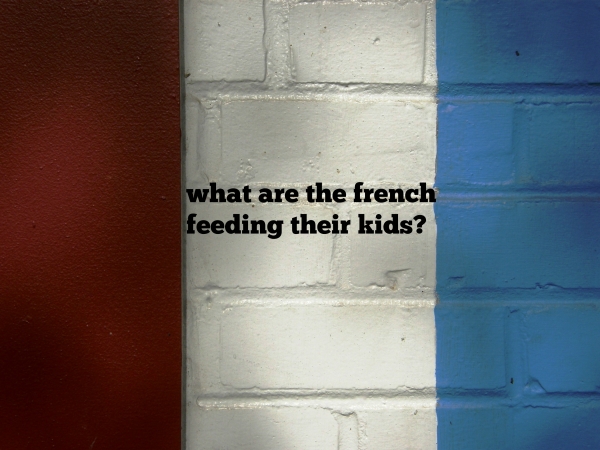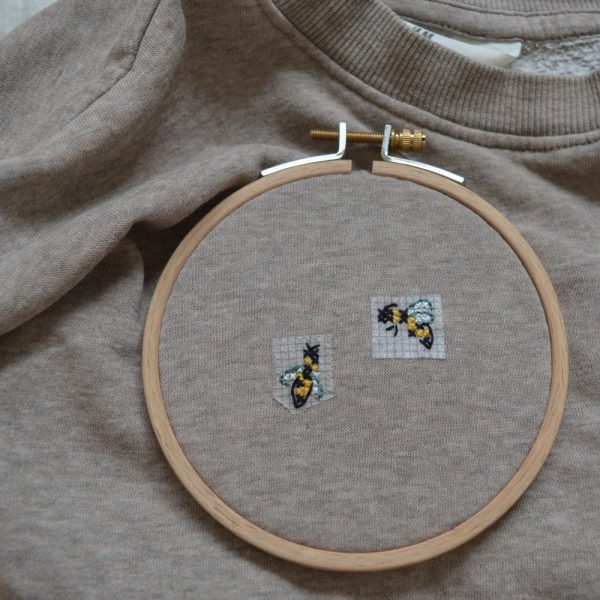
Compared to the US, where the obesity rates in children and adolescents is at a staggering 31% (source), only about 14% of the French kids and teenagers are obese or overweight.
That percentage is the lowest in the developed world.
So what are the French doing that is better than most other countries? How are they feeding their kids?
Anecdotal evidence suggests that most French kids don’t eat from a special “kids menu”. They also don’t have vending machines in their schools and fast-food advertising carries warnings like you see on cigarette packaging.
Food is considered a joy and not a chore. Treats are treated as treats and not something you can have anytime you want. And there is less reliance on fatty foods.
Although the facts are in, do you really think that the French parents have got it right when it comes to feeding their kids?

Hi there. Just though I’d share a book read recently from a trip to our local library with my 4 year old. Bringing Up Bébé Discovers Parenting, interesting read as not only the French believes and practice it, the Swiss as well.
Here in Switzerland, our school lunch (or cantine) provide locally produced and when possible bio veggies, meats, poultry, eggs and diary. We still have kids menu which consist of chicken nuggets and fries in restaurants. Many children here find that boring and would prefer to eat from their parents’ plate. 🙂 I strongly believe that we as parents set the tone for our kids to follow. I don’t expect my kids to enjoy say bitter gourd when they see that papa hates it! Lol… My kids still do not eat certain foods, they are also not eager to try out awful looking ones. We would still insist that they try some. We can be seen lighting up (and perhaps doing the happy dance internally) when kiddos say “its not bad at all! Can I have another bite/some in my plate?”
Another thing I find interesting is, pre-schoolers will visit local farm organised by their school teachers. Its to show them where our food comes from. How does potatos look like before being cut up and made as french fries, where does milk comes from and how cheeses are made. That being said, it is not always easy organising these trips for those in the city area or locate farms who are willing to host 60 plus pre-schoolers running around their farm. In this age and time, there are just so many choices of foods and ingredients available to us. Just have to make the right choice within our budget.
I know that French schools do a better job of feeding their students. My niece and nephew in France could have gone to school starting when they were 3. The noon meal they were served at school was always a healthy 3 or 4 course meal. The first course, served when they were ravenous, was almost always a vegetable course. See the following page for a typical breakdown of what the children in a nearby school were served on a typical week.
http://www.mindbodygreen.com/0-14845/what-french-kids-eat-for-school-lunch-it-puts-americans-to-shame.html